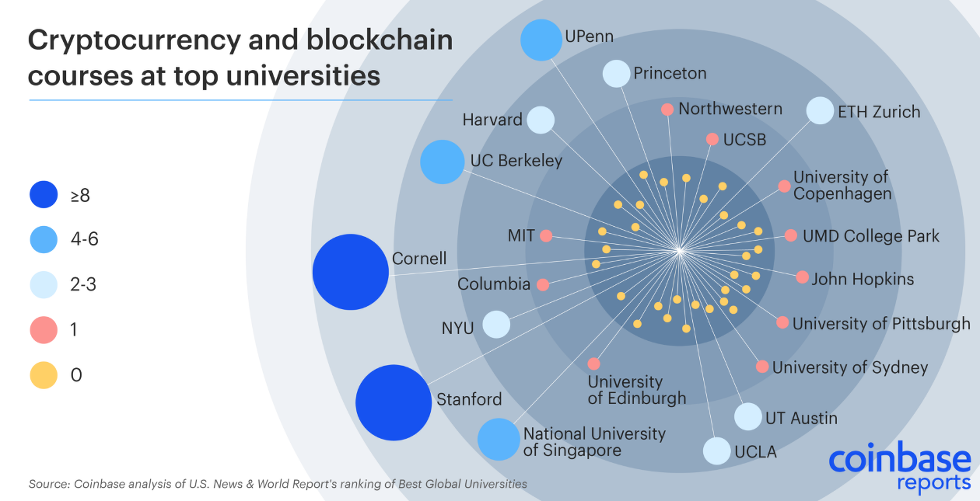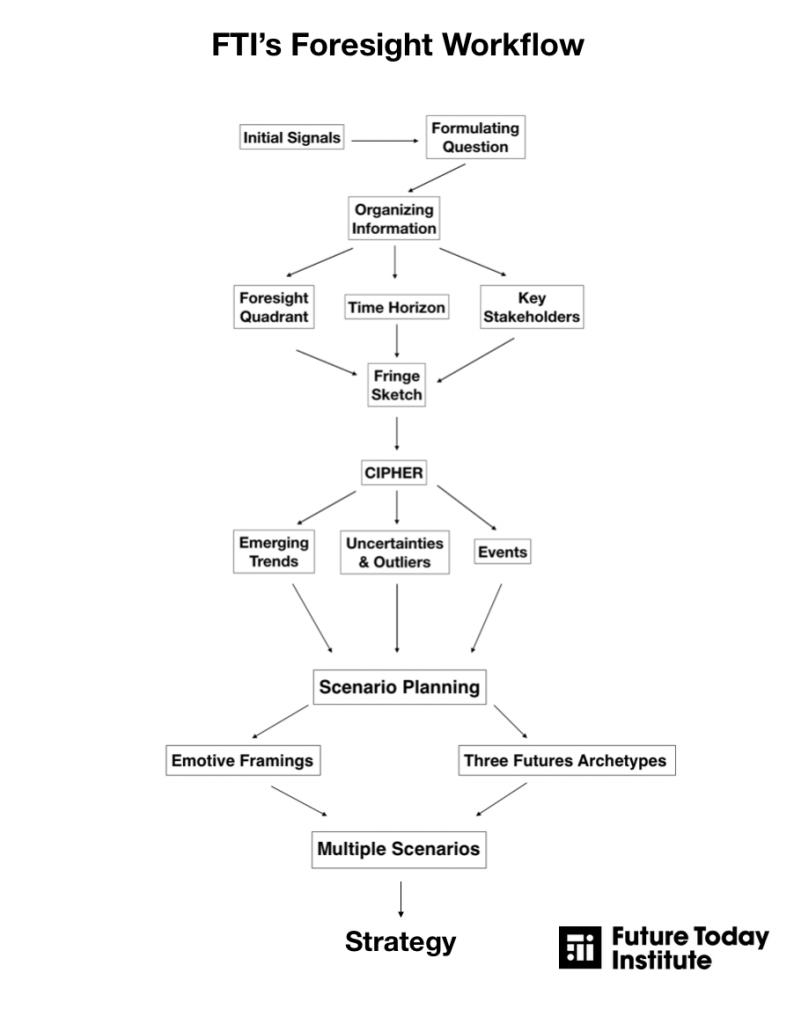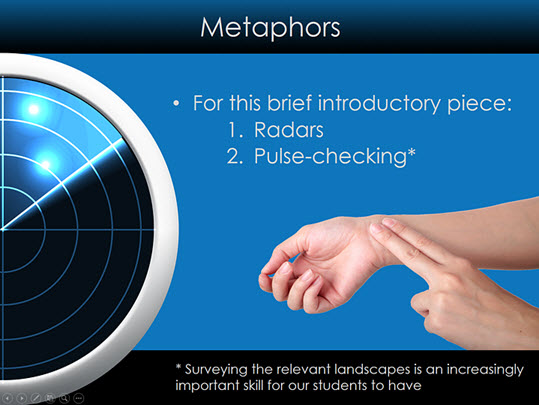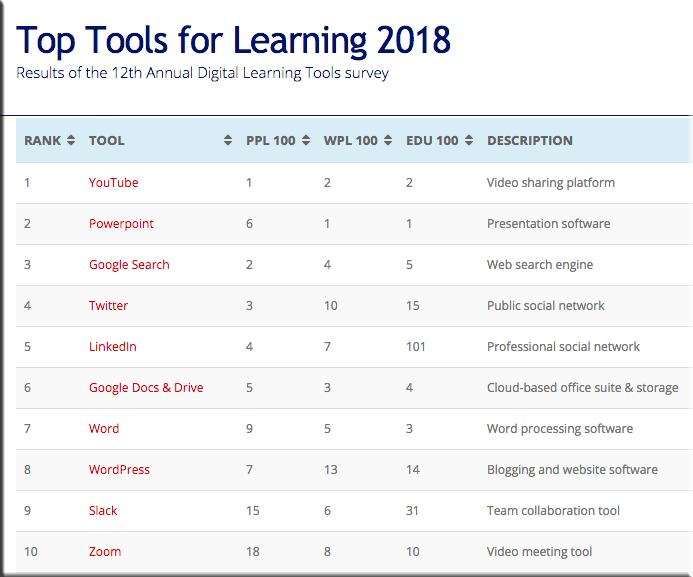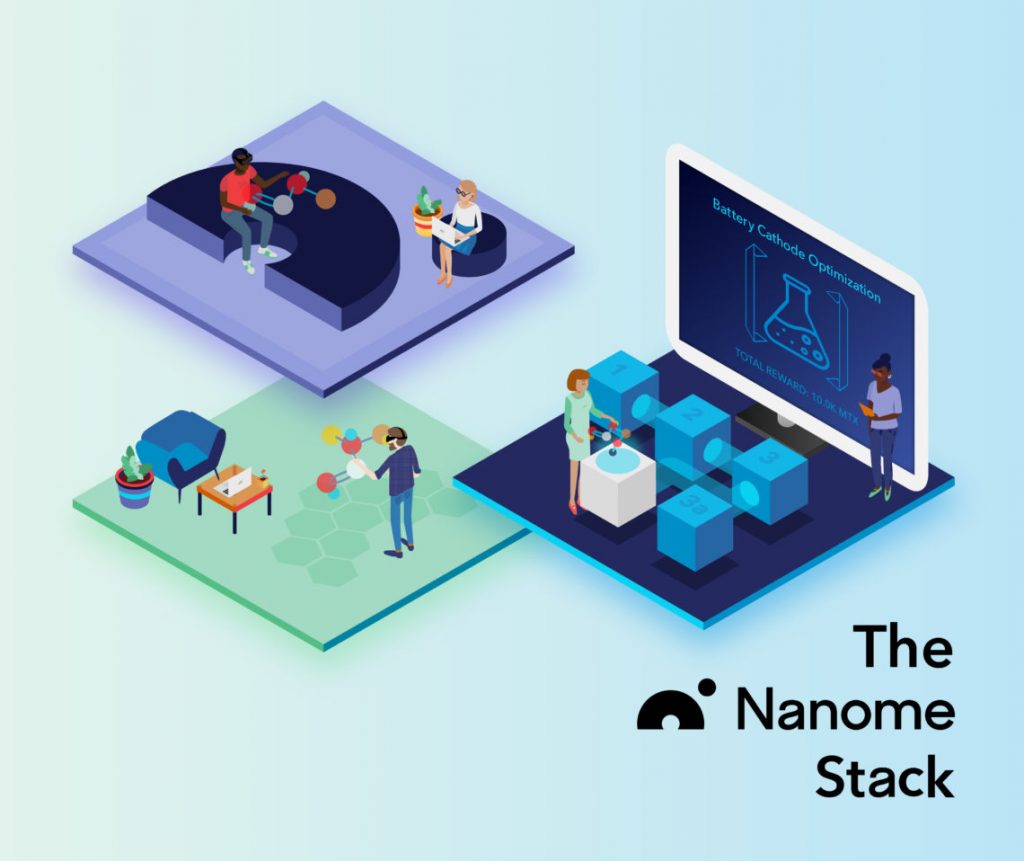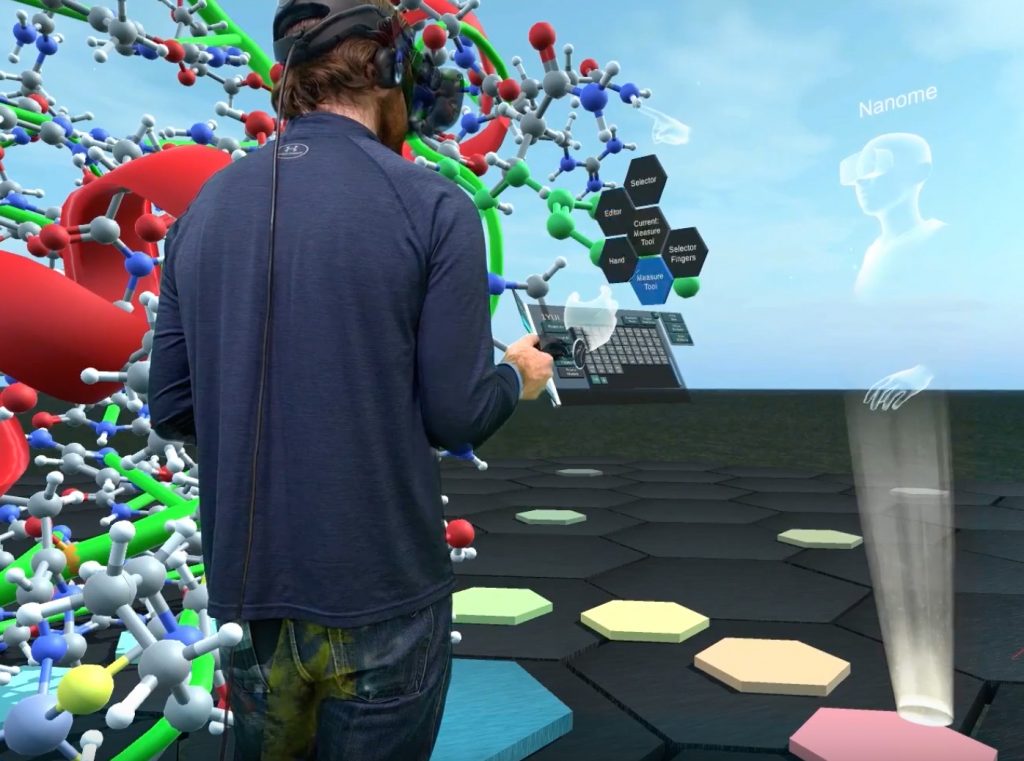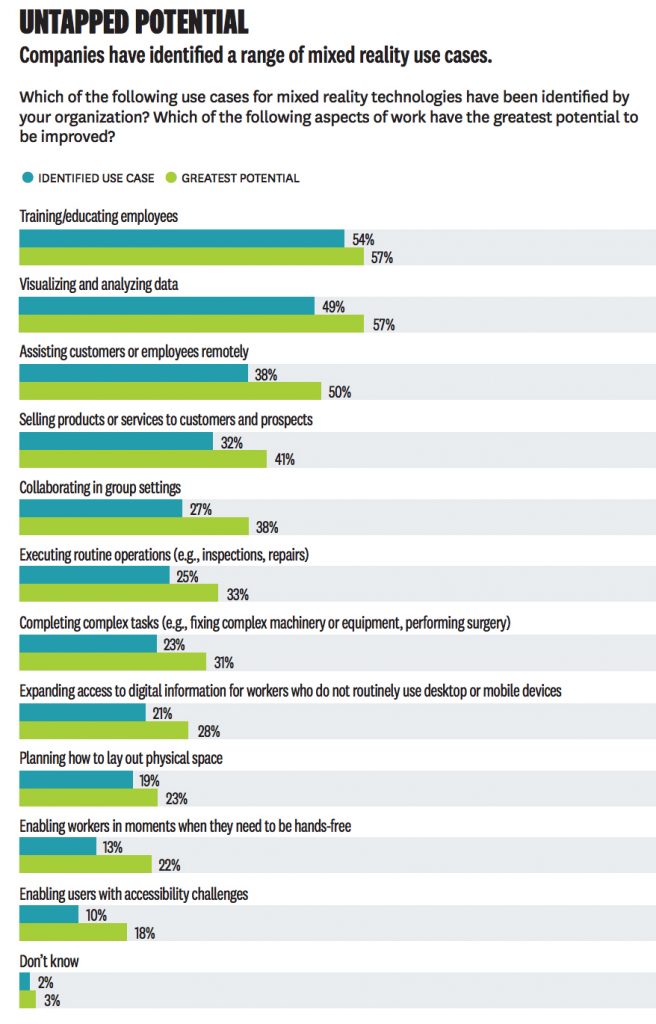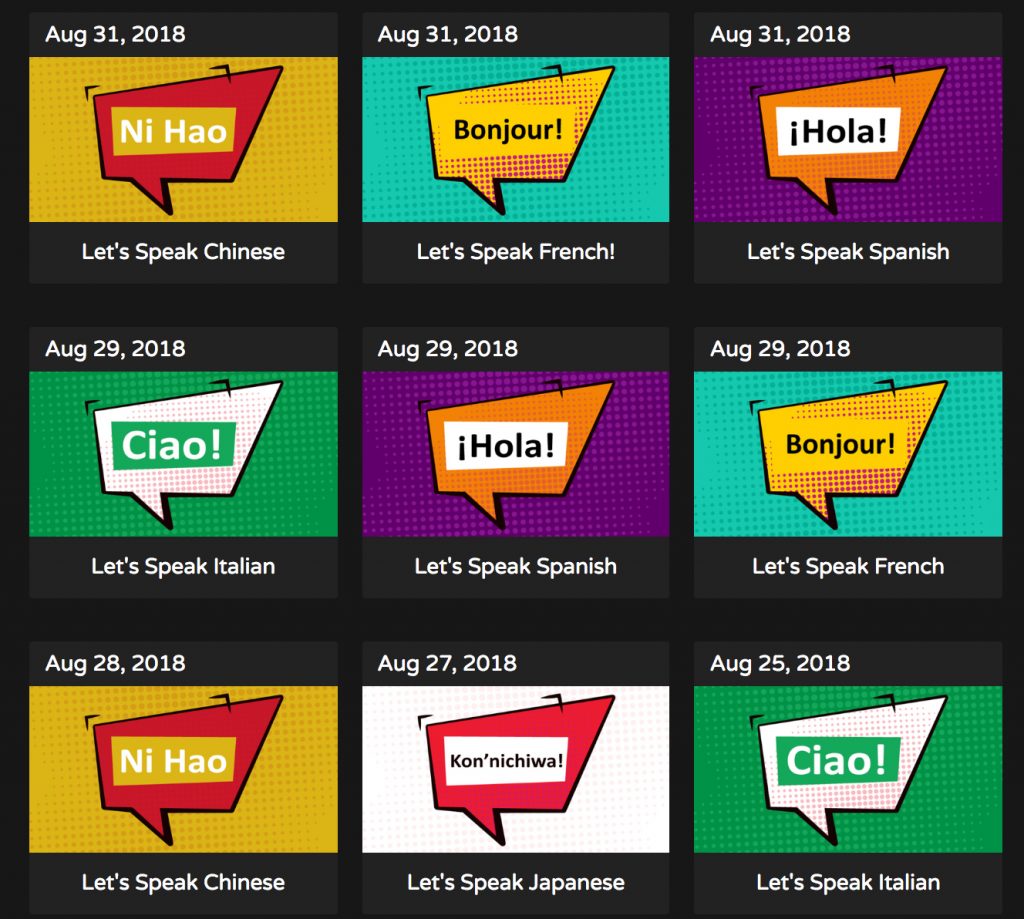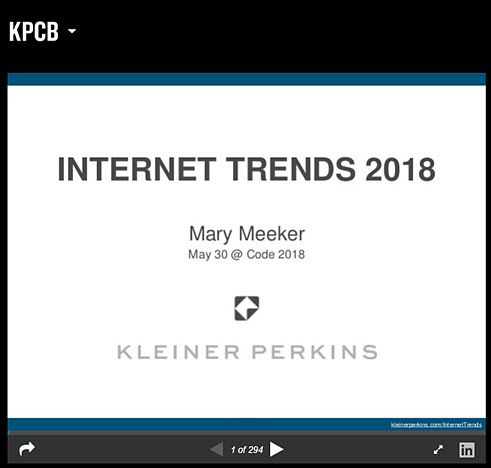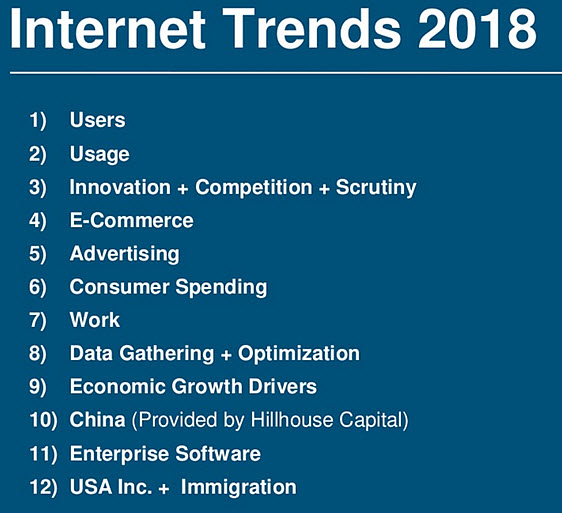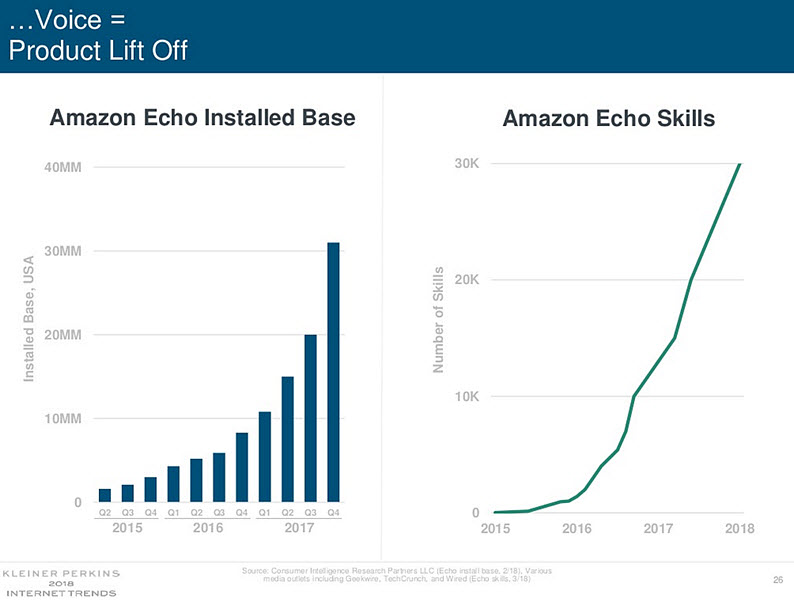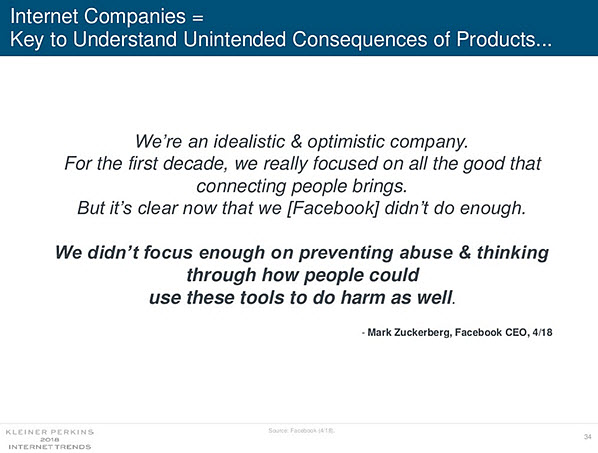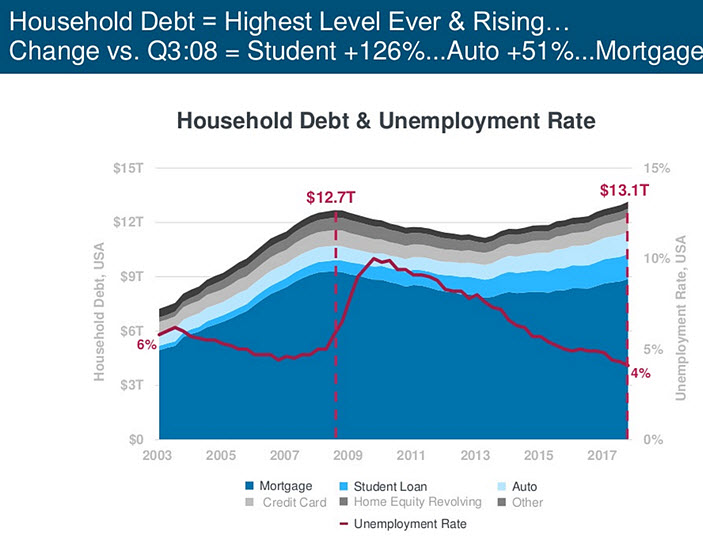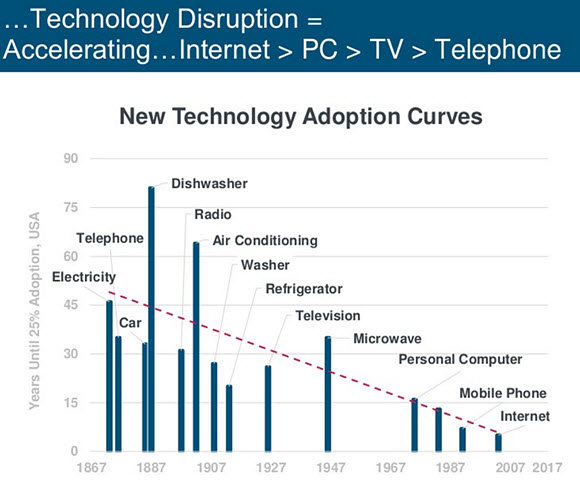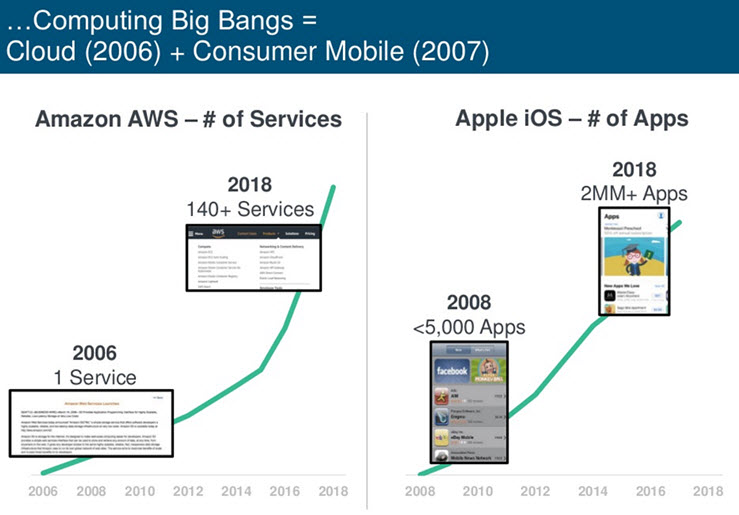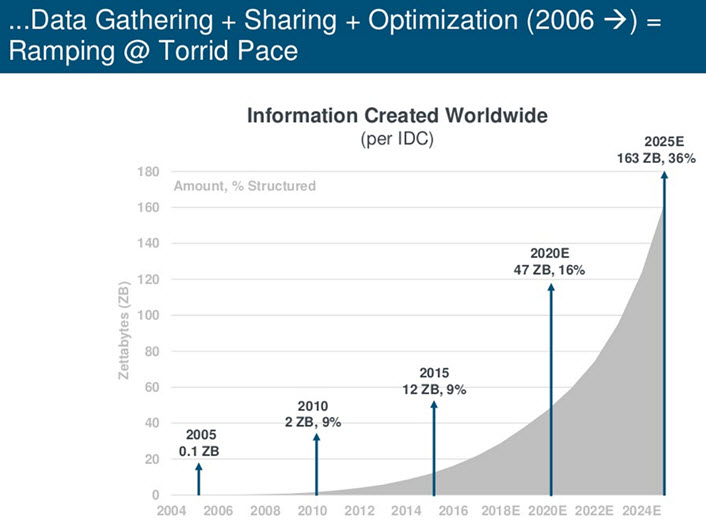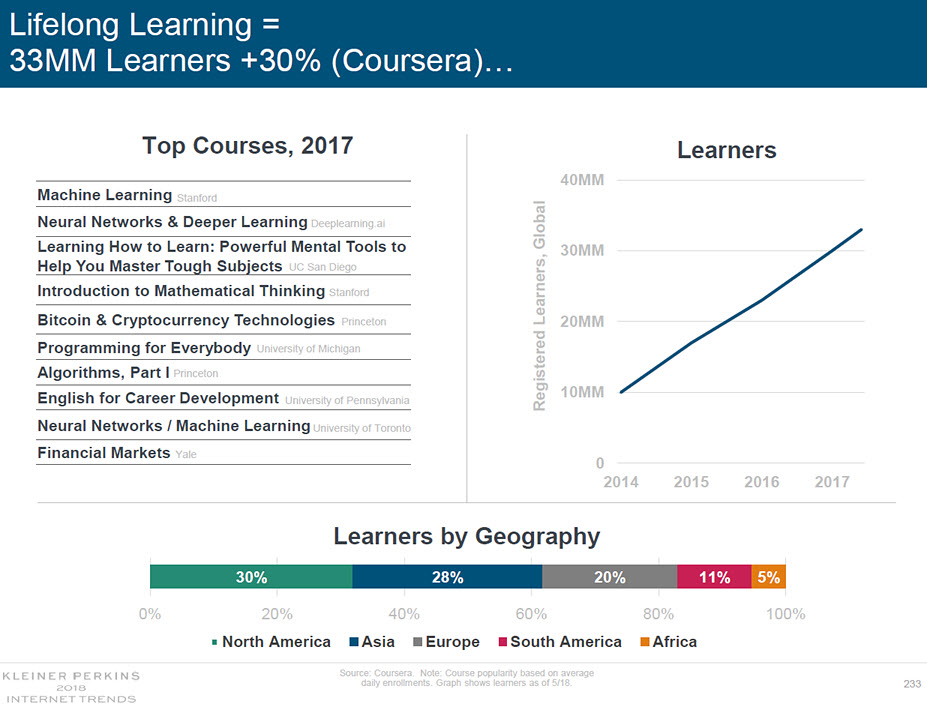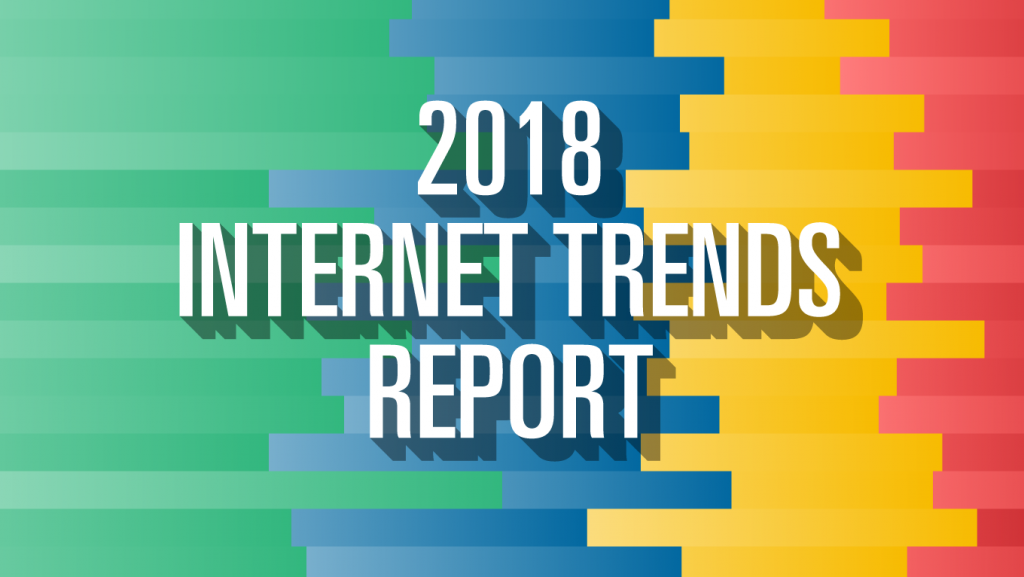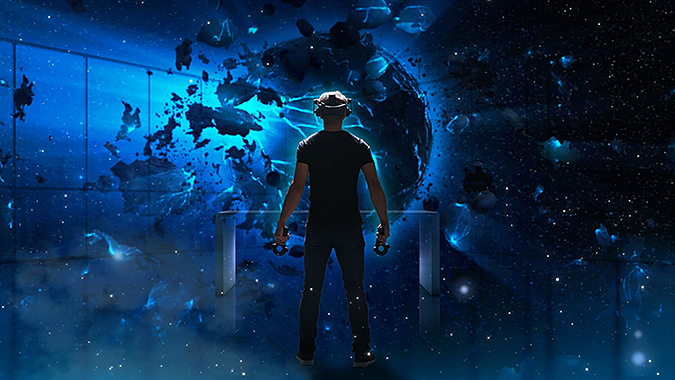How AI could help solve some of society’s toughest problems — from MIT Tech Review by Charlotte Jee
Machine learning and game theory help Carnegie Mellon assistant professor Fei Fang predict attacks and protect people.
Excerpt:
At MIT Technology Review’s EmTech conference, Fang outlined recent work across academia that applies AI to protect critical national infrastructure, reduce homelessness, and even prevent suicides.
Google Cloud’s new AI chief is on a task force for AI military uses and believes we could monitor ‘pretty much the whole world’ with drones — from businessinsider.in by Greg Sandoval
- Andrew Moore, the new chief of Google Cloud AI, co-chairs a task force on AI and national security with deep defense sector ties.
- Moore leads the task force with Robert Work, the man who reportedly helped to create Project Maven.
- Moore has given various talks about the role of AI and defense, once noting that it was now possible to deploy drones capable of surveilling “pretty much the whole world.”
- One former Googler told Business Insider that the hiring of Moore is a “punch in the face” to those employees.
How AI can be a force for good — from science.sciencemag.org
Excerpt:
The AI revolution is equally significant, and humanity must not make the same mistake again. It is imperative to address new questions about the nature of post-AI societies and the values that should underpin the design, regulation, and use of AI in these societies. This is why initiatives like the abovementioned AI4People and IEEE projects, the European Union (EU) strategy for AI, the EU Declaration of Cooperation on Artificial Intelligence, and the Partnership on Artificial Intelligence to Benefit People and Society are so important (see the supplementary materials for suggested further reading). A coordinated effort by civil society, politics, business, and academia will help to identify and pursue the best strategies to make AI a force for good and unlock its potential to foster human flourishing while respecting human dignity.
Ethical regulation of the design and use of AI is a complex but necessary task. The alternative may lead to devaluation of individual rights and social values, rejection of AI-based innovation, and ultimately a missed opportunity to use AI to improve individual wellbeing and social welfare.
Robot wars — from ethicaljournalismnetwork.org by James Ball
How artificial intelligence will define the future of news
Excerpt:
There are two paths ahead in the future of journalism, and both of them are shaped by artificial intelligence.
The first is a future in which newsrooms and their reporters are robust: Thanks to the use of artificial intelligence, high-quality reporting has been enhanced. Not only do AI scripts manage the writing of simple day-to-day articles such as companies’ quarterly earnings updates, they also monitor and track masses of data for outliers, flagging these to human reporters to investigate.
Beyond business journalism, comprehensive sports stats AIs keep key figures in the hands of sports journalists, letting them focus on the games and the stories around them. The automated future has worked.
The alternative is very different. In this world, AI reporters have replaced their human counterparts and left accountability journalism hollowed out. Facing financial pressure, news organizations embraced AI to handle much of their day-to-day reporting, first for their financial and sports sections, then bringing in more advanced scripts capable of reshaping wire copy to suit their outlet’s political agenda. A few banner hires remain, but there is virtually no career path for those who would hope to replace them ? and stories that can’t be tackled by AI are generally missed.
Who’s to blame when a machine botches your surgery? — from qz.com by Robert Hart
Excerpt:
That’s all great, but even if an AI is amazing, it will still fail sometimes. When the mistake is caused by a machine or an algorithm instead of a human, who is to blame?
This is not an abstract discussion. Defining both ethical and legal responsibility in the world of medical care is vital for building patients’ trust in the profession and its standards. It’s also essential in determining how to compensate individuals who fall victim to medical errors, and ensuring high-quality care. “Liability is supposed to discourage people from doing things they shouldn’t do,” says Michael Froomkin, a law professor at the University of Miami.
Alibaba looks to arm hotels, cities with its AI technology — from zdnet.com by Eileen Yu
Chinese internet giant is touting the use of artificial intelligence technology to arm drivers with real-time data on road conditions as well as robots in the hospitality sector, where they can deliver meals and laundry to guests.
Excerpt:
Alibaba A.I. Labs’ general manager Chen Lijuan said the new robots aimed to “bridge the gap” between guest needs and their expected response time. Describing the robot as the next evolution towards smart hotels, Chen said it tapped AI technology to address painpoints in the hospitality sector, such as improving service efficiencies.
Alibaba is hoping the robot can ease hotels’ dependence on human labour by fulfilling a range of tasks, including delivering meals and taking the laundry to guests.
Accenture Introduces Ella and Ethan, AI Bots to Improve a Patient’s Health and Care Using the Accenture Intelligent Patient Platform — from marketwatch.com
Excerpt:
Accenture has enhanced the Accenture Intelligent Patient Platform with the addition of Ella and Ethan, two interactive virtual-assistant bots that use artificial intelligence (AI) to constantly learn and make intelligent recommendations for interactions between life sciences companies, patients, health care providers (HCPs) and caregivers. Designed to help improve a patient’s health and overall experience, the bots are part of Accenture’s Salesforce Fullforce Solutions powered by Salesforce Health Cloud and Einstein AI, as well as Amazon’s Alexa.
German firm’s 7 commandments for ethical AI — from france24.com
Excerpt:
FRANKFURT AM MAIN (AFP) –
German business software giant SAP published Tuesday an ethics code to govern its research into artificial intelligence (AI), aiming to prevent the technology infringing on people’s rights, displacing workers or inheriting biases from its human designers.









